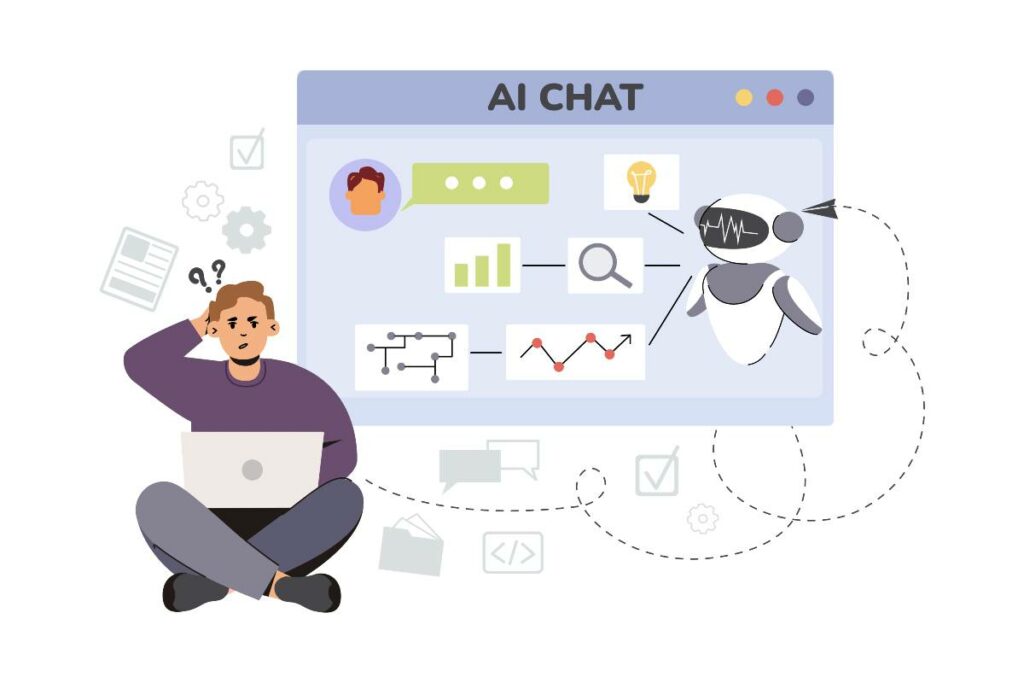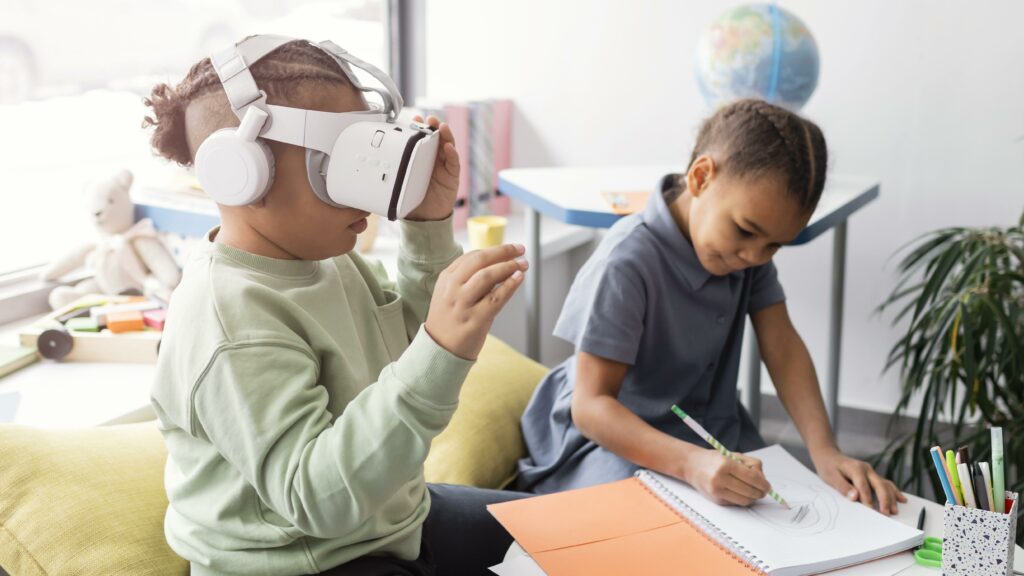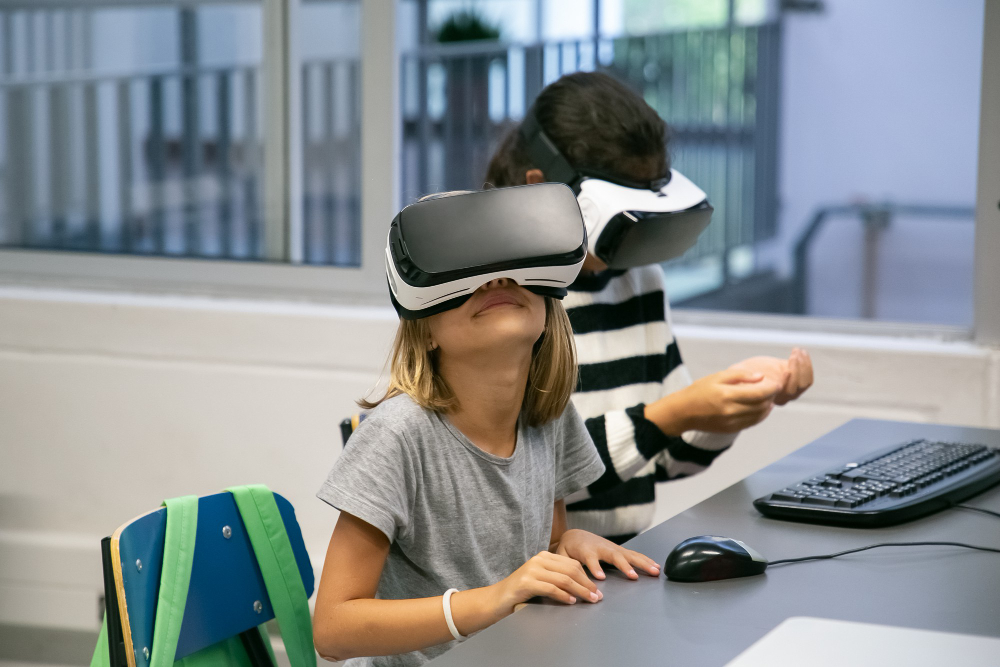In the fast-paced corporate world, companies are grappling with the challenge of keeping their employee training and development strategies up-to-date. Traditional eLearning methods, often relying on static content delivery, are failing to engage and effectively train the modern workforce. To attract and retain top talent, organisations must revolutionise their approach to corporate learning.
The Disconnect in Corporate Training
The global pandemic has accelerated the shift towards online learning in the corporate world. However, the disconnect between traditional eLearning systems and the expectations of digital-native employees is becoming increasingly apparent. This disconnect is reflected in the suboptimal allocation of substantial corporate training budgets, which exceed $360 billion globally. To foster an inclusive and diverse learning culture, companies must overhaul outdated methodologies and adopt more interactive and engaging training approaches.
Gamification: Transforming Learning Experiences
Gamification has emerged as a beacon of innovation in corporate eLearning. By integrating gaming mechanics into learning content, gamification transforms mundane training modules into dynamic, interactive experiences. From onboarding and compliance to skills development and leadership training, gamification has proven effective across various scenarios. A notable study by KPMG revealed significant improvements in employee performance metrics, highlighting the profound impact of gamified learning on engagement and knowledge retention.
Implementing Gamification Successfully
To successfully integrate gamification into corporate learning strategies, organisations must navigate certain challenges. It’s important to note that gamification doesn’t solely refer to computer-based games; it can also encompass practical engagements with people’s environments and even their free time through clever design. Securing leadership buy-in is crucial, as leaders play a pivotal role in modelling the adoption of gamified learning and eliminating any associated stigma. By incorporating gamification elements into everyday activities and leisure pursuits, companies can create a pervasive learning experience that extends beyond the confines of traditional training. However, companies must be patient, as the benefits of gamified training programs may not be immediate. Long-term engagement and continuous improvement are key to realising the full potential of gamification and its ability to transform the way employees learn and grow.

Balancing Digital and In-Person Learning
While digital gamification is a powerful tool, companies should not overlook the value of in-person, interactive learning experiences. As remote working becomes more prevalent, finding solutions that foster collaboration and peer-to-peer learning is essential. Redesigned offices and in-person training events can serve as enticing hubs for employee development, complementing the digital learning experience.
Final Thoughts
The corporate landscape is evolving, and companies must adapt their employee training strategies to keep pace. By embracing gamification and balancing it with valuable in-person learning experiences, organisations can create more skilled, engaged, and loyal workforces. Those who successfully revolutionise their approach to corporate training will be better equipped to tackle the challenges of the ever-changing business environment and gain a competitive edge in the war for talent.











